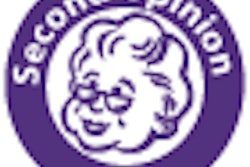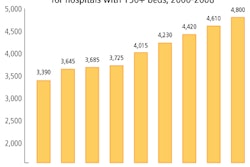An objective rating system that assesses quality and safety of care offered by medical imaging providers is key as commoditization menaces the radiology community, according to a new paper published in the August issue of the Journal of the American College of Radiology.
Dr. Bruce Reiner of the Baltimore VA Medical Center in Maryland outlined the beginning stages of the creation of a national database to rate radiologists and other medical practitioners on the quality and safety of the radiologic services they provide (JACR, August 2009, Vol. 6:8, pp. 558-561).
"The information found in the database, which would be available to patients and physicians, would be generated using a scoring system based upon quality of care," Reiner wrote.
The criteria for scoring would be developed through public and private health agencies and organizations such as the Agency for Healthcare Research and Quality, the Centers for Medicare and Medicaid Services, the U.S. Food and Drug Administration, the National Library of Medicine, and the Nuclear Regulatory Commission.
The database would apply quality and safety criteria to patient issues such as self-determination, informed consent, consultation, notification, and designation of a surrogate to assist in making medical decisions, as well as individual events within the imaging chain, such as:
- Ordering
- Scheduling
- Data access
- Protocol selection
- Image acquisition and processing
- Quality assurance
- Archival and transmission
- Interpretation
- Reporting and communication
Technologies within the imaging chain that would also be tracked include computerized physician order entry, RIS, HIS, PACS, electronic medical records, and decision-support protocols.
With a quality and safety tracking system such as the one described in the study, patients will be able to make informed decisions about their care and radiologists will have incentive to improve their overall performance in hopes of scoring higher, according to Reiner.
"While all medical disciplines can benefit from such an endeavor, radiology is particularly sensitive, as commoditization threatens the long-term viability of the medical imaging community," he wrote.
Related Reading
WHO: Data errors cause most rad therapy mistakes, July 22, 2009
Rhode Island puts interventional radiology unit on probation, July 21, 2009
Canadian authorities review 70,000 cases after rad is suspended, June 11, 2009
Web site solicits patients for cases of radiology errors, May 27, 2008
Simple tracking program, case review scale back resident misreads, November 30, 2006
Copyright © 2009 AuntMinnie.com



















